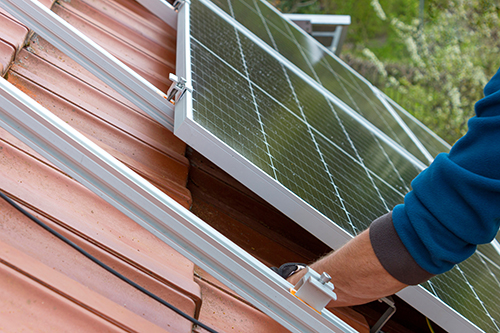
As environmental awareness grows, many industries utilize sustainable techniques and methods to reduce their carbon footprint and environmental impact. Below, we’ll explain some of the many ways the construction industry is going green with better waste management, material selection, and alternative energy.
Improved Waste Management
Waste is a major concern around the world, especially in the US. Landfills overflow with garbage, and plastic waste contaminates water supplies. Unfortunately, the construction industry is one of the biggest contributors to waste problems, but the industry is learning more sophisticated management techniques and methods.
Construction sites are getting better at separating waste materials and those that can be reused, like concrete. At many construction sites, especially in big cities with limited space, the recycling rate is near or above 90 percent—a stark improvement from a decade ago.
Sustainable Material Selection
One of the most significant ways the construction industry goes green is by using more sustainable construction materials. There’s more emphasis on utilizing locally-sourced materials—the more local the materials, the less cost for delivery and fewer emissions burned for transport.
Plastic lumber in construction is an increasingly common structural material manufactured from recycled products. It is as durable as any other construction material but made from reusable plastics, which cuts down on plastic waste.
Alternative Energy Focus
Many more construction projects emphasize the design and use of alternative energy sources, particularly solar power. A growing trend in building design, the passive solar concept, uses the location and design of the building to maximize solar energy and power the building.
There’s also a new trend in solar thermal panels for many new commercial buildings. Solar thermal panels are different from regular panels. Instead of harnessing sunlight for electricity, they are explicitly used for heating. Solar thermal panels are efficient and affordable, making them popular green energy choices in many new commercial buildings.
Green Roof Installation
Another popular practice in modern construction is the green roof method. This means a commercial building has a layer of dirt and grass on its roof, along with greenery and vegetation like plants, flowers, and shrubs.
A green roof looks gorgeous and has a practical benefit—the dirt, grass, and greenery provide sustainable insulation for the building and keep it warm in the winter without using energy. It absorbs stormwater for better water management and even improves air quality. Don’t be surprised if many commercial buildings in the next decade feature a stunning green roof!

